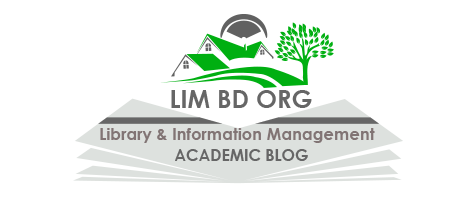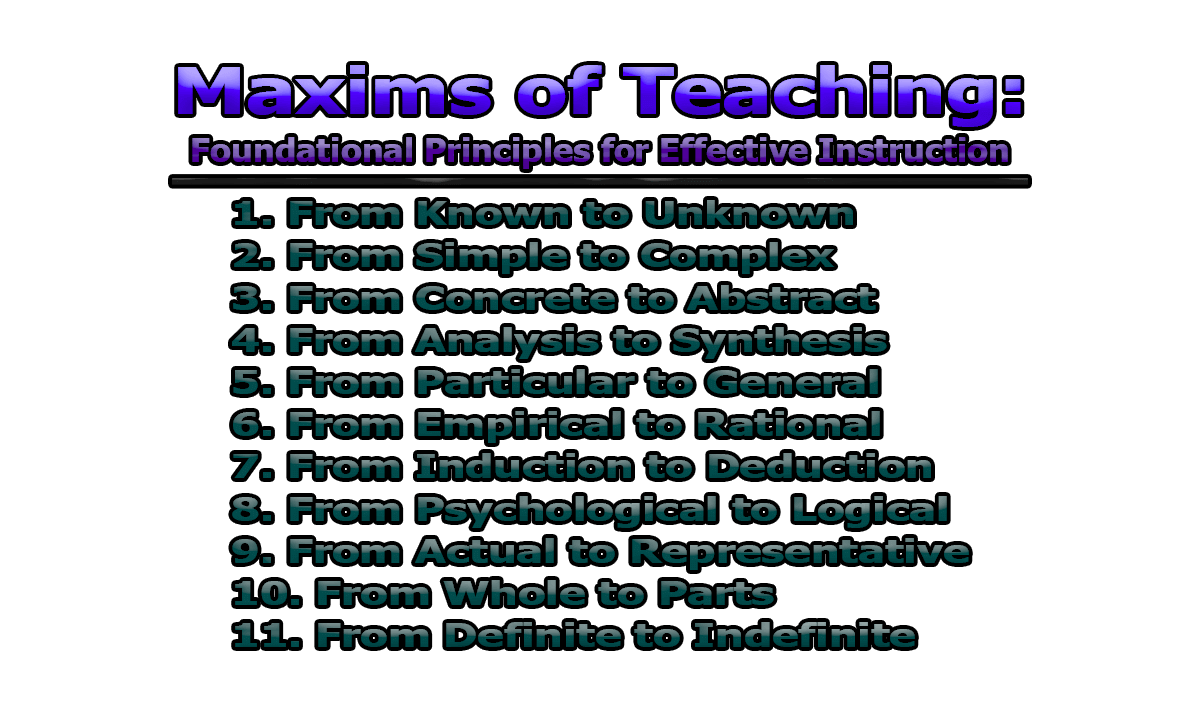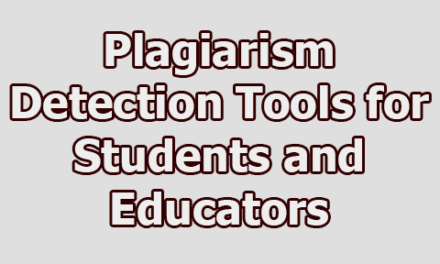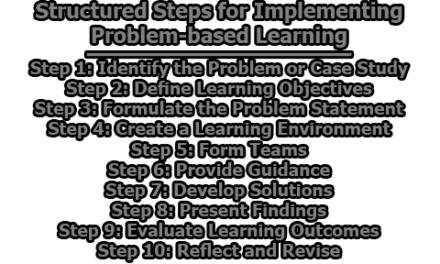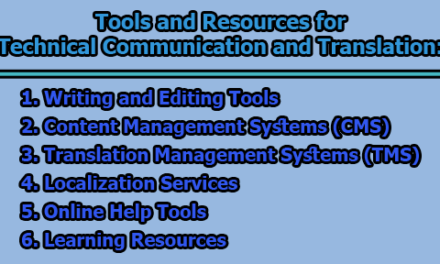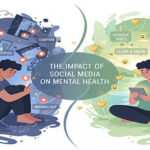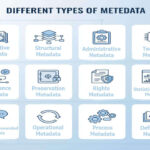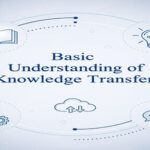Maxims of Teaching: Foundational Principles for Effective Instruction
Teaching is both an art and a science. It requires not only subject knowledge but also an understanding of how students learn best. To make the teaching-learning process effective, engaging, and meaningful, educators follow a set of universal principles known as the maxims of teaching. These maxims serve as guidelines that help teachers structure their lessons logically and ensure that students grasp new concepts efficiently. Each of these maxims provides a unique strategy for delivering knowledge in a way that resonates with learners and supports their cognitive development. Below are the key maxims of teaching:
1. From Known to Unknown: One of the most fundamental maxims in teaching is to begin with what students already know and gradually introduce new information. Learners enter the classroom with pre-existing knowledge, shaped by their experiences, environment, and prior education. Teachers should leverage this foundation by connecting new concepts to familiar ideas.
For example, while teaching a new language, a teacher might start by linking words in the new language to words the students already know in their native tongue. Similarly, in science, a teacher might introduce the concept of gravity by referring to everyday experiences, such as dropping an object and observing how it falls to the ground. This approach makes learning less intimidating, more relatable, and easier to retain.
2. From Simple to Complex: Learning is a step-by-step process, and students grasp information better when they progress from simple concepts to more complex ones. If a teacher introduces a difficult topic too soon, students may feel overwhelmed, which can hinder their learning and lower their motivation.
For instance, in mathematics, students first learn basic operations like addition and subtraction before moving on to algebra, geometry, and calculus. Similarly, in literature, young students start by reading short, simple sentences before tackling complex literary texts. This gradual progression helps build confidence, competence, and a deeper understanding of the subject matter.
3. From Concrete to Abstract: Children learn best when they can see, touch, and experience things directly. Concepts that are abstract—such as emotions, theories, or complex scientific principles—can be difficult to grasp if they are not linked to concrete experiences. Therefore, teachers should first introduce tangible, real-world examples before moving on to abstract ideas.
For instance, while teaching young children about numbers, using physical objects like beads or blocks helps them visualize the concept. In science, demonstrating a small model of the solar system before discussing the vastness of space helps students form mental connections that make abstract ideas easier to understand.
4. From Analysis to Synthesis: This maxim emphasizes breaking down complex information into smaller, manageable parts before combining them into a unified whole. Analysis refers to examining the individual components of a subject, while synthesis involves bringing those components together to form a complete understanding.
For example, when teaching about the human digestive system, a teacher first explains each organ’s function—stomach, intestines, liver—before explaining how they work together as a system. Similarly, in language studies, students first learn about nouns, verbs, and adjectives before forming full sentences and constructing paragraphs.
By following this approach, students develop logical thinking skills and a structured way of understanding complex topics.
5. From Particular to General: Students learn best when they first encounter specific examples before arriving at general rules or principles. Instead of starting with broad, abstract theories, teachers should begin by presenting concrete instances and then guide students toward general conclusions.
For example, in mathematics, students should first solve multiple problems that demonstrate a pattern before formulating a general rule. In history, analyzing specific events—such as the causes and effects of a particular war—helps students understand broader historical trends. This approach enables learners to grasp concepts intuitively before committing them to memory.
6. From Empirical to Rational: This principle suggests that students should first gain knowledge through direct experience and observation before engaging in abstract reasoning. Empirical learning involves hands-on activities, experiments, and real-world interactions, while rational learning relies on logical explanations, theories, and deductions.
For instance, in science, students first observe natural phenomena—such as water boiling—before learning the scientific principles behind it. Similarly, in geography, field trips and map-reading exercises provide firsthand experience before discussing complex geographical theories. This approach ensures that students develop a strong foundation of understanding before moving into abstract reasoning.
7. From Induction to Deduction: Inductive teaching moves from specific observations to general conclusions, whereas deductive teaching starts with a general rule and applies it to specific cases. Both methods are important, but induction often works better for initial learning.
For example, in grammar, students first identify different nouns in sentences before forming a definition of what a noun is. In chemistry, students observe patterns in chemical reactions before deriving general laws. Once they master these principles, they can apply deductive reasoning to predict outcomes in new situations.
By combining both approaches, teachers develop students’ analytical and logical reasoning skills, making learning more dynamic and engaging.
8. From Psychological to Logical: A good teacher considers students’ interests, abilities, and emotional readiness before presenting information in a logical order. This principle highlights that learning should start with what is psychologically engaging and motivating for students before moving into strictly logical sequences.
For example, in literature, if students are not yet interested in poetry, a teacher might first tell a relatable story about the poet before analyzing the poem itself. In history, instead of presenting dry dates and facts, a teacher might begin with an intriguing anecdote to spark curiosity before diving into chronological events.
This method ensures that students are emotionally engaged and motivated, leading to better retention and deeper understanding.
9. From Actual to Representative: Direct, real-world experiences are more impactful and memorable than learning through representations like models, pictures, or descriptions. Whenever possible, teachers should expose students to actual experiences before using symbolic representations.
For example, visiting a historical monument provides a stronger learning experience than merely looking at pictures of it. Conducting a real science experiment is more effective than watching a video demonstration. However, when actual experiences are not possible, teachers can use models, diagrams, and simulations as effective alternatives.
10. From Whole to Parts: Students understand better when they first see the big picture before analyzing its individual components. This maxim aligns with the idea that wholes are often more meaningful than isolated parts.
For example, in storytelling, students should first read a full story before analyzing its characters, themes, and language. In biology, a teacher introduces the entire ecosystem before discussing individual species and their roles. This approach ensures that students understand context and relationships, making learning more meaningful.
11. From Definite to Indefinite: Students learn best when they start with clear, defined concepts before exploring broader, less certain ideas. For example, in language learning, students first master the definite rules of grammar before experimenting with creative writing. In physics, students first learn about well-established Newtonian laws before exploring quantum mechanics, where uncertainty plays a role.
By starting with certainty, students build confidence and competence, which prepares them for more complex and ambiguous learning challenges.
It is apparent that the maxims of teaching provide a structured approach to effective instruction. By progressing from known to unknown, simple to complex, and concrete to abstract, teachers can make learning more engaging, accessible, and impactful. These maxims ensure that students retain information, develop critical thinking skills, and gain a deep understanding of the subject matter. By applying these principles, educators can create dynamic, student-centered learning experiences that foster curiosity and intellectual growth.
References:
- Bloom, B. S., Engelhart, M. D., Furst, E. J., Hill, W. H., & Krathwohl, D. R. A. (1956). Taxonomy of Educational Objectives: The Classification of Educational Goals. Handbook 1: Cognitive Domain. New York: David McKay.
- Brainerd, C. J. (1978). Cognitive development and instructional theory. Contemporary Educational Psychology, 3(1), 37–50. https://doi.org/10.1016/0361-476X(78)90007-3
- Bruner, J. (1960). The Process of Education. Cambridge, MA: Harvard University Press.
- Decius, J., Decius, L., & Beausaert, S. (2024). Integrating Multiple Theoretical Perspectives on Informal Field-based Learning: The Self-regulated Informal Learning Cycle (SILC). Human Resource Development Review, 0(0). https://doi.org/10.1177/15344843241310631
- Dewey, J. (1933). How We Think: A Restatement of the Relation of Reflective Thinking to the Educative Process. Boston, MA: D.C. Heath & Co Publishers.
- Hayath, T. M., & Gupta, S. K. (2022). Pedagogical Principles in Learning and Its Impact on Enhancing Motivation of Students. Technoarete Transactions on Applications of Information and Communication Technology (ICT) in Education, 1(4), 19–24. Retrieved From https://technoaretepublication.org/information-communication-technology/article/pedagogical-principles-learning.pdf
- Nemeth, L., & Lipowsky, F. (2024). The role of prior knowledge and need for cognition for the effectiveness of interleaved and blocked practice. European Journal of Psychology of Education, 39, 907–929. https://doi.org/10.1007/s10212-023-00723-3
- Perret, P. (2015). Children’s inductive reasoning: Developmental and educational perspectives. Journal of Cognitive Education and Psychology, 14(3), 389–408. https://doi.org/10.1891/1945-8959.14.3.389
- Piaget, J. (1952). The origins of intelligence in children. (M. Cook, Trans.). W W Norton & Co. https://doi.org/10.1037/11494-000
- Slavin, R. (2021). Educational psychology: Theory and practice (13th). Pearson Education.
- Vygotsky, L. S. (1978). Mind in society. The development of higher psychological processes. Cambridge: Harvard University Press.

Library Lecturer at Nurul Amin Degree College
